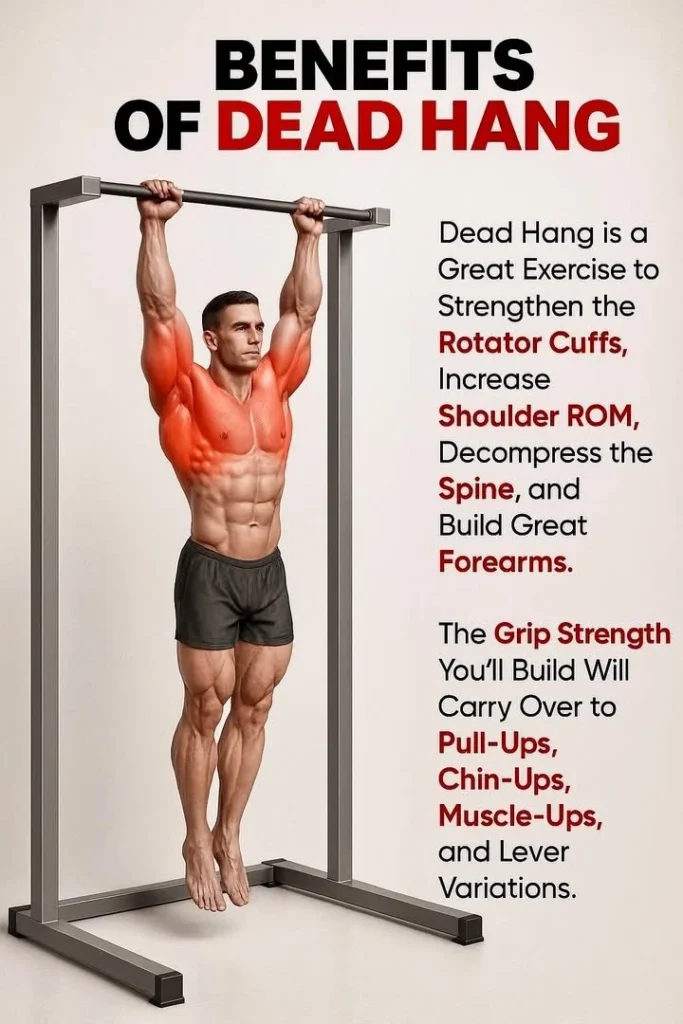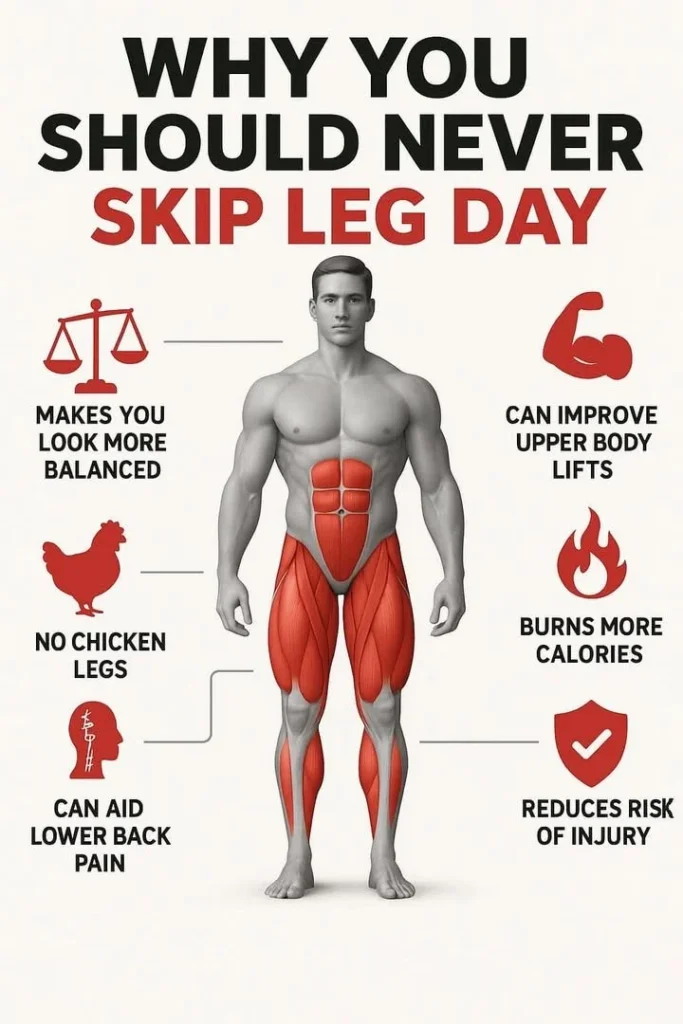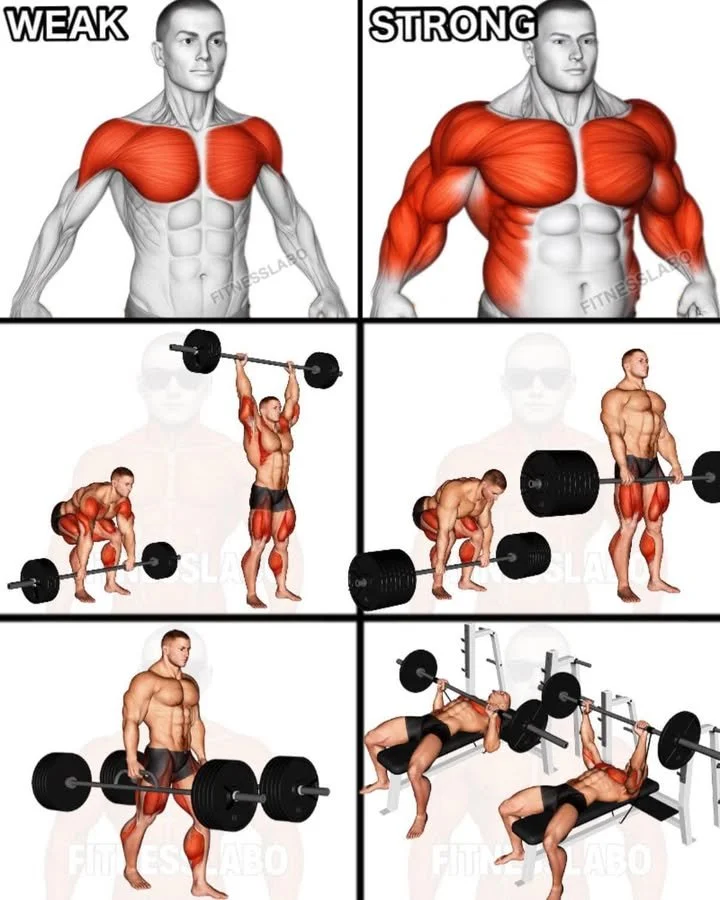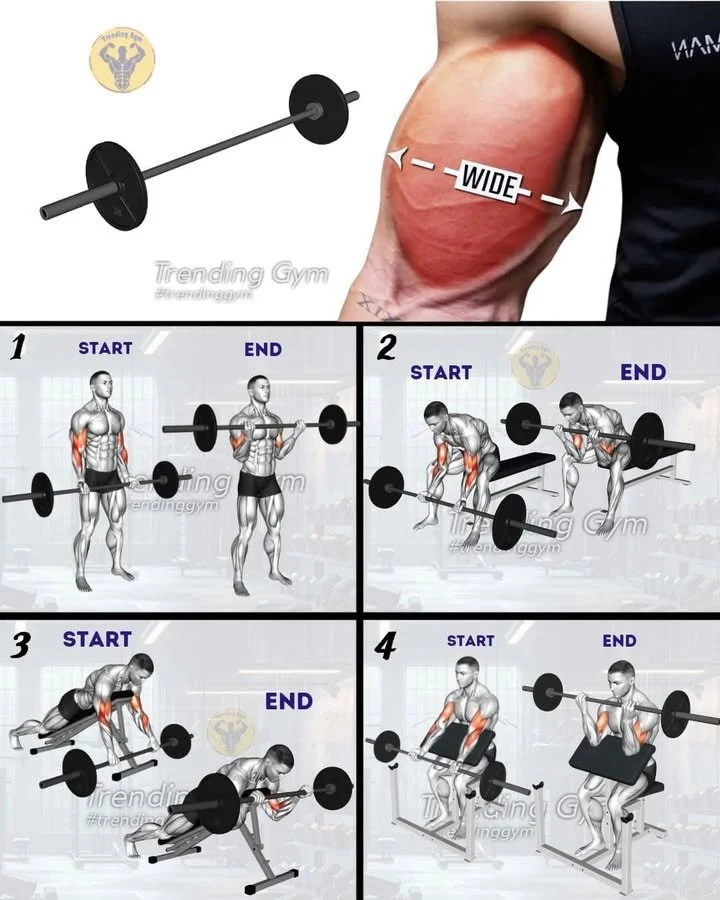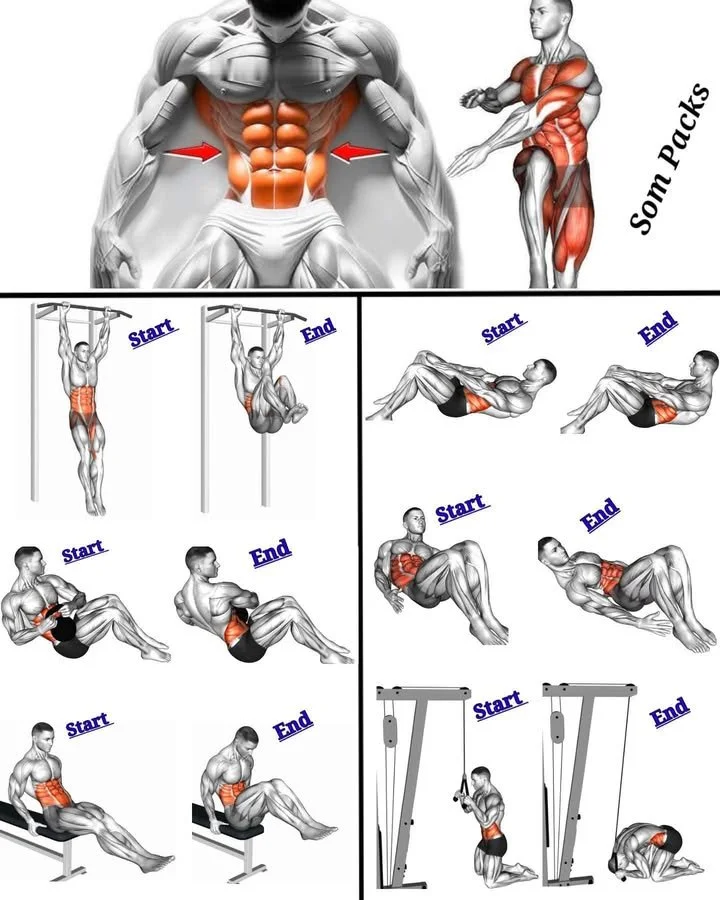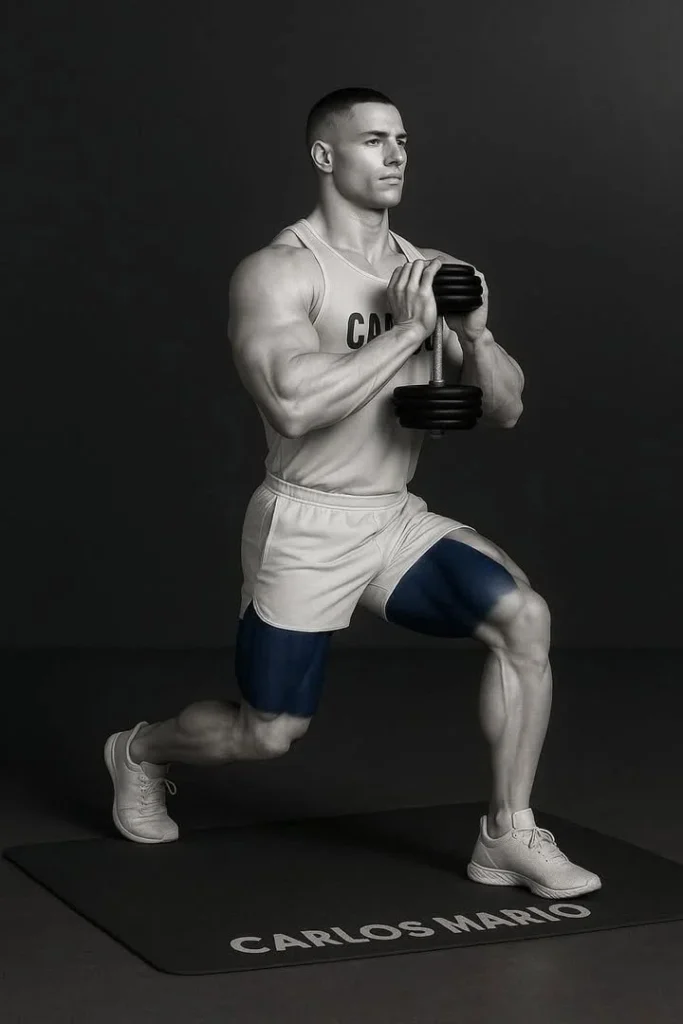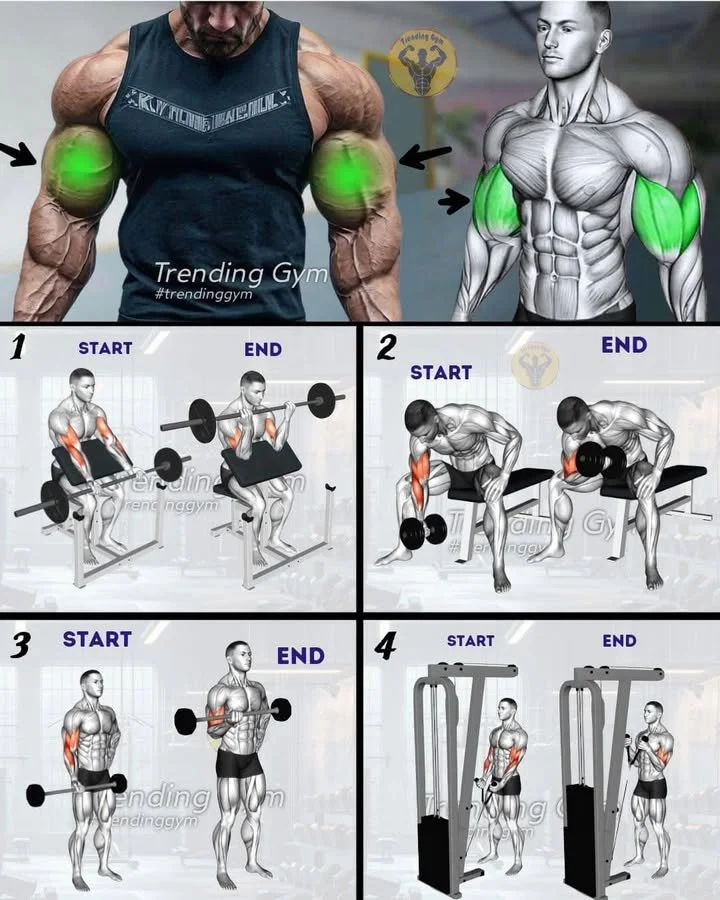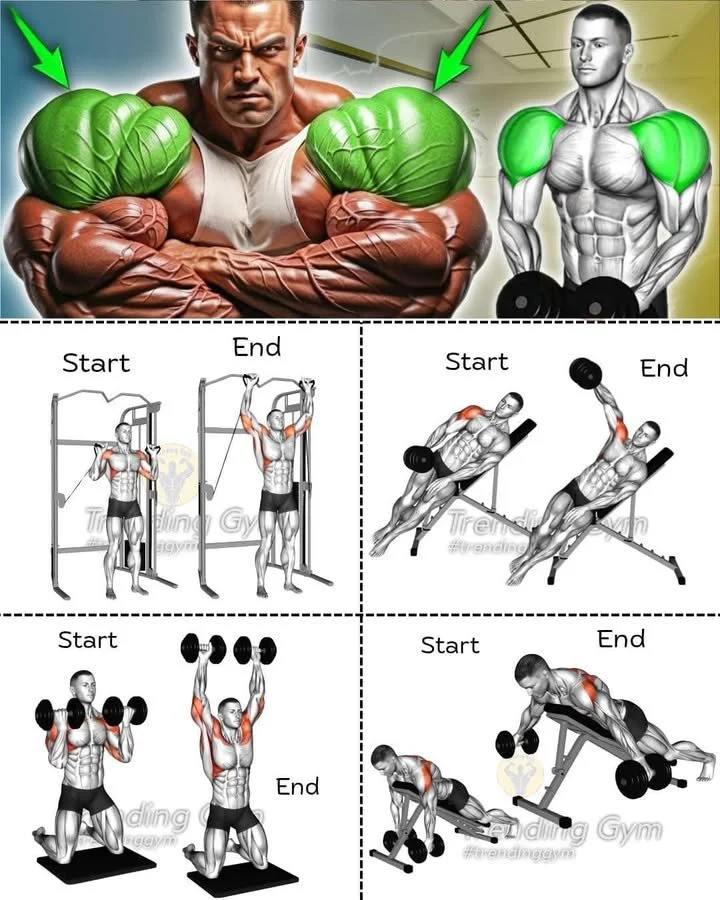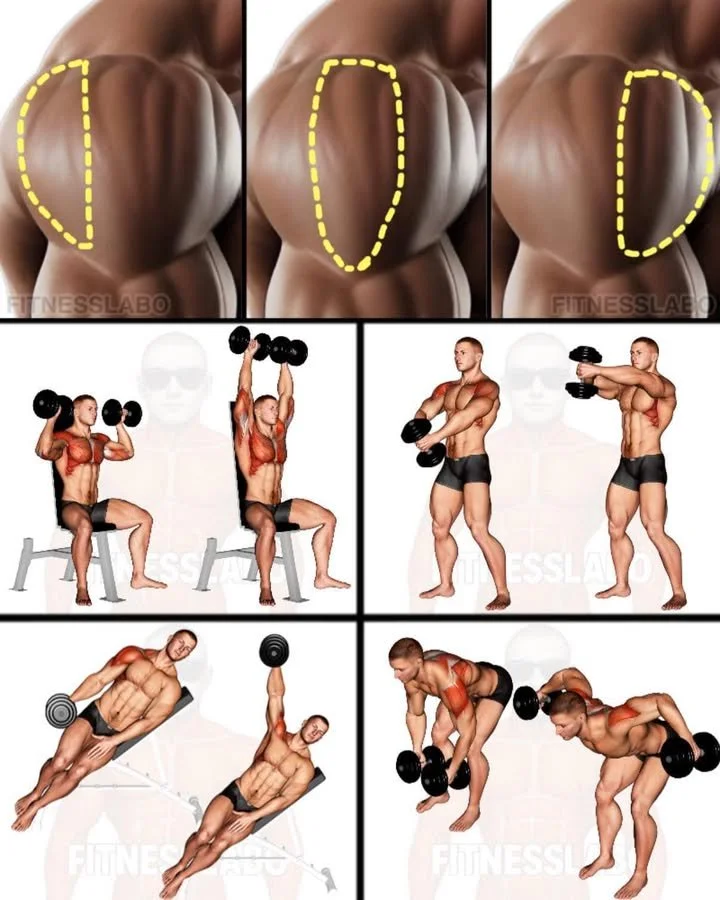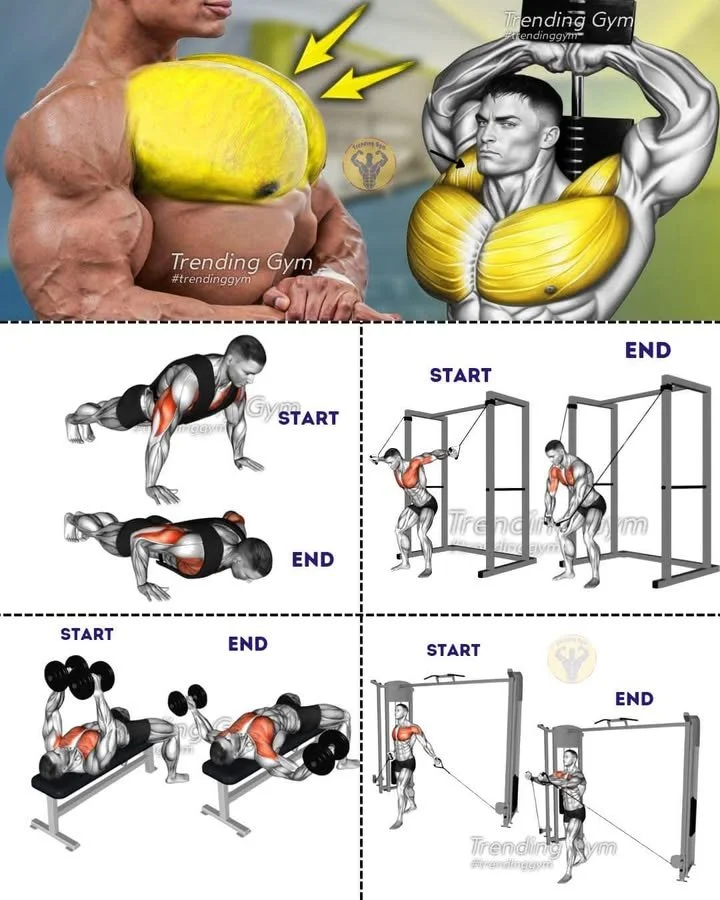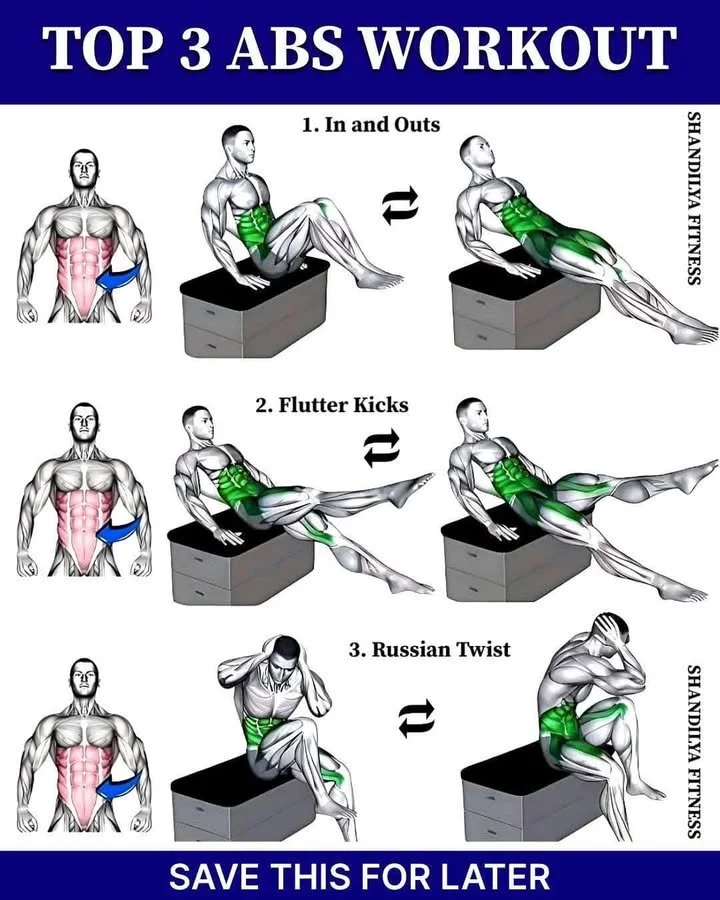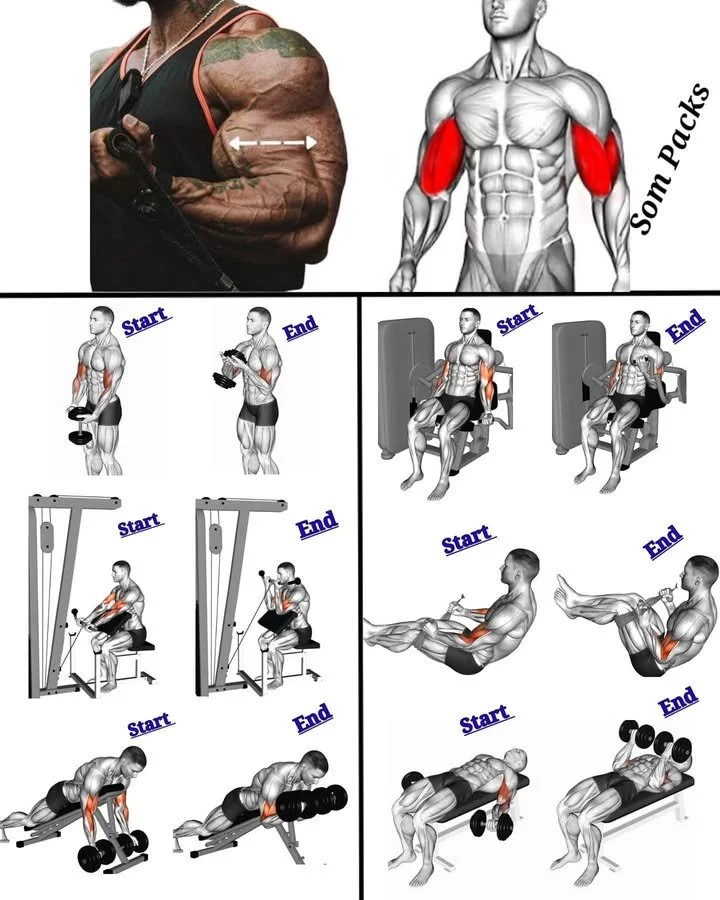Sometimes the simplest exercises do the most. 💥 Dead hangs = ✅ Bulletproof shoulders ✅ Spine decompression ✅ Iron grip strength ✅ Forearms that pop Add them to your routine — your posture and lif…
The Power of Simplicity: Unleashing Benefits with Dead Hangs
When it comes to building strength and improving your overall fitness, sometimes the most straightforward exercises yield the greatest results. One such exercise that has gained attention for its multifaceted benefits is the dead hang. This simple yet effective practice comes packed with a host of advantages that can transform your fitness routine. Let’s explore why dead hangs should be a staple in your workout regimen.
What Are Dead Hangs?
A dead hang requires simply hanging from a pull-up bar or any sturdy surface with your arms fully extended and your body relaxed. Although it may seem trivial, this fundamental movement engages various muscle groups and promotes significant physical benefits.
Benefits of Dead Hangs
✅ Bulletproof Shoulders
Dead hangs are excellent for shoulder health. By allowing the shoulders to relax and stretch, this exercise helps maintain proper mobility and reduces the risk of injuries associated with other upper body workouts. Over time, you’ll build stronger, more resilient shoulders that can withstand intense training.
✅ Spine Decompression
In a world where we often find ourselves hunched over desks and screens, spinal decompression is a necessity. Hanging from a bar enables gravity to gently pull and elongate your spine, offering relief to compressed vertebrae and promoting better posture. This stretching action can be a game-changer for those dealing with back pain or discomfort prompted by prolonged sitting.
✅ Iron Grip Strength
Grip strength is an underrated element of overall physical fitness and can significantly impact performance in various sports and activities. Dead hangs force you to engage your forearms and hands, helping to develop a vice-like grip. This can translate to improved performance in weightlifting, climbing, and even everyday tasks.
✅ Forearms That Pop
In addition to enhancing grip strength, dead hangs also contribute to the development of muscular forearms. The static hold not only targets the flexors and extensors of the forearms but also builds endurance, leading to impressive definition over time. Well-developed forearms can serve as a mark of strength and fitness.
Incorporating Dead Hangs into Your Routine
Adding dead hangs to your workout regimen is straightforward. Here’s how to do it properly:
Find a Sturdy Bar: Use a pull-up bar or any secure overhead structure.
Grip the Bar: With both hands at shoulder width, grip the bar tightly with palms facing away from you.
Hang Relaxed: Allow your body to hang freely, engaging your core slightly to maintain stability.
Hold the Position: Start with 10-20 seconds per set and gradually increase the duration as you build strength.
Include in Your Routine: Aim to incorporate dead hangs 2-3 times a week, either as a warm-up or as part of your strength training session.
Conclusion
Sometimes, the simplest exercises do the most. Dead hangs not only enhance shoulder strength and spinal health but also improve grip and forearm development. By integrating this straightforward movement into your routine, you can foster better posture and greater lifting capacity. Embrace the power of dead hangs, and watch your fitness transform! 💥

